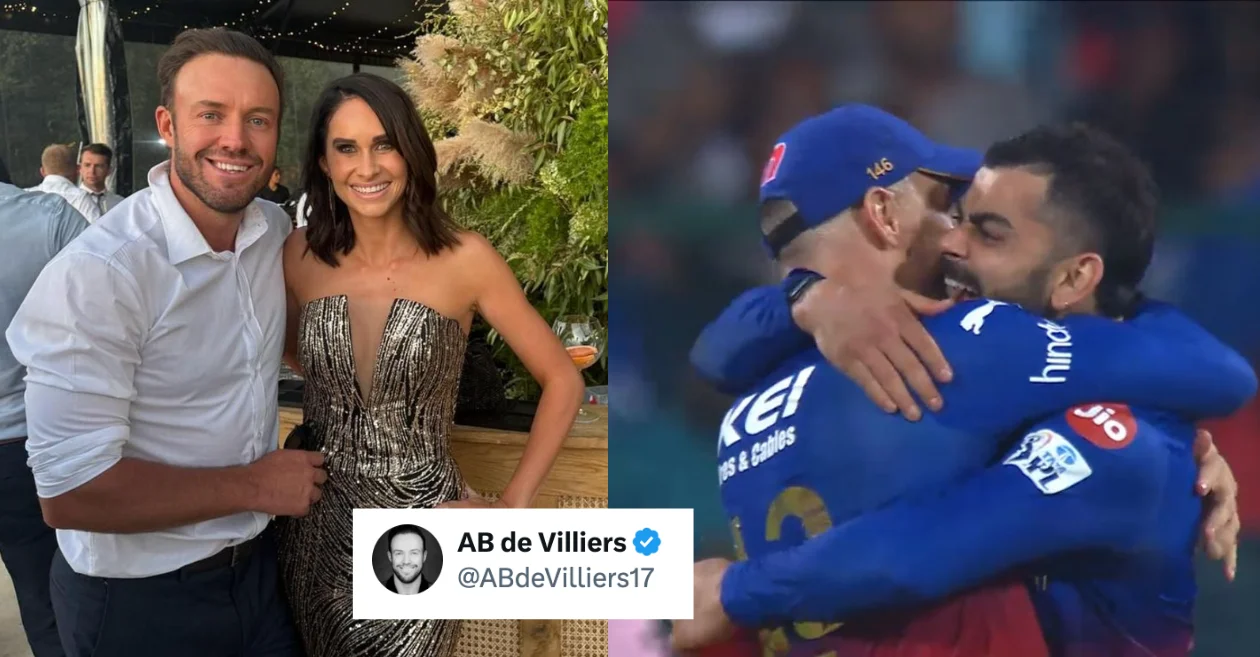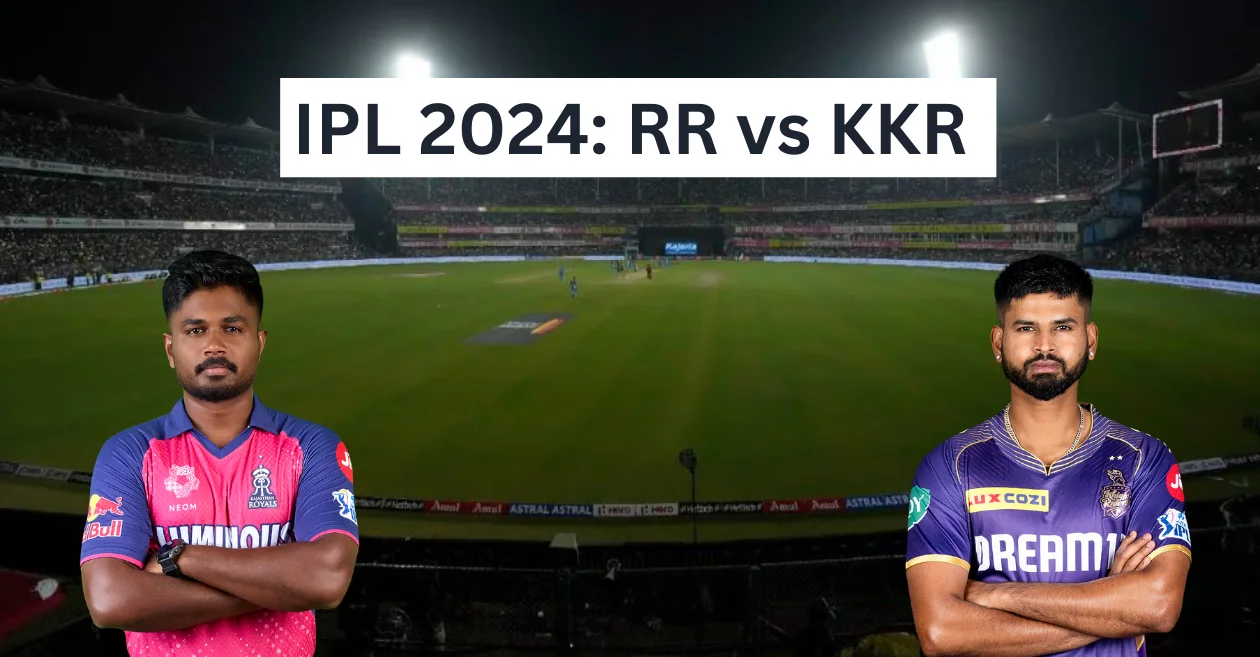
Barnwell’s lengthy (and excellent) ESPN article provides objective proof of the benefits of living on Trade Down Island.
For those of you who have bought property on Trade Down Island, ESPN’s Bill Barnwell wrote an extensive article about the risks of trading up. His column was dripping with more juice than the ripest pineapple on TDI.
The column is excellent work by Barnwell and if you have 20 minutes to kill I encourage you to read it. But for those of you who prefer to have your benevolent dictator review it on your behalf and provide you with state-sponsored talking points, you’re welcome.
Barnwell’s methodology
The primary way Barnwell measured players’ impact or performance is by assessing the Approximate Value (AV) a player generated over his first five seasons. His sample size includes players drafted between 2011 and 2019. Now, Approximate Value as measured by Pro Football Reference isn’t a perfect metric – and no football metric is – but it is a consistent, well-known methodology for quantifying performance.
The approach Barnwell uses to assess the value of a pick in isolation is with the Chase Stuart draft chart. This draft chart is similar to other ones like the Jerry Jones draft chart but uses Approximate Value when placing a value on each draft pick.
Here are five gems from Barnwell’s magnum opus of trading up versus trading down, and most of it will bring smiles to the faces of TDI residents:
Trading up to get “their guy”
What Barnwell said: “When a team traded up for a player, his performance over the first five years matched or surpassed the cost his team paid in draft capital just 42% of the time. That figure dropped to 40% in the first three rounds and was slightly better on Day 3.”
What this means: Don’t trade up, especially early in the draft! Teams that trade up are knowingly sacrificing the value of the picks they are giving up in order to select “their guy”. When “their guy” actually laces up the cleats, if he was drafted in the first three rounds there’s only a 40% chance he’s going to justify the value of the assets the team traded away to get him.
Trading up to get the best player remaining at a position
What Barnwell said: “When teams trade up for a player, something that’s implied with that move is that they’re targeting a player who stands ahead of the other players still available at that position…When teams trade up for a player at a given position, that player is better than the guy who is drafted next at that position only 49% of the time. It’s a coin flip.”
What this means: Basically, there’s no real difference in performance of players teams trade up to draft when compared to the performance of the next player picked at the same position. There’s essentially a 50/50 chance that if a team trades up to get the No. 4 edge rusher that he’ll be outperformed by the No. 5 edge rusher, so why waste the draft capital to move up?
Landing the best player among traded draft picks
What Barnwell said: “Between 2011 and 2019, a team trading up in the draft landed the best player in that deal just 42% of the time. The team that traded down ended up getting the best player of them all nearly 47% of the time, while the remaining 11% were trades in which the best players on either side of the deal produced equal value.”
What this means: Multiple picks usually trade hands in a trade. For example, in this year’s draft the Panthers traded away No. 33 and No. 200 for No. 32 and No. 141. A total of four players were drafted with those picks. Barnwell’s research shows that teams that trade down end up drafting the best player more often than teams that trade up.
The value of picks in next year’s draft
What Barnwell said: “From a team perspective, there’s no reason current picks should be worth more than future selections; the focus on present value is a product of impatience by general managers who have their jobs riding on the line.”
What this means: Amen! Amen! And amen! This is the absolute gospel truth and smart teams should always be looking to snap up picks in next year’s draft from desperate GMs who feel the pressure to win now. I’ve banged this drum for years in Trade Down Island’s Constitution (see Article 5) and cannot stress enough the virtue of delayed gratification.
In last month’s draft Panthers GM Dan Morgan absolutely fleeced the Los Angeles Rams (pun intended) by getting a second round pick in next year’s draft. I praised Morgan for being sensible enough to understand “the fact this trade conveys next year versus this year means absolutely nothing in the long run.” One of the best ways to build long-term draft capital is by smartly trading down this year, often only sacrificing minimal value in the current draft, for significantly more valuable picks next year.
Speaking of fleecing the Rams…
What Barnwell said: “Take this past weekend and the trade the Rams made with the Panthers in Round 2. To move up from No. 52 to No. 39, the Rams sent No. 155 and a 2025 second-round pick to Carolina, grabbing defensive tackle Braden Fiske in the process. As ESPN’s Seth Walder noted, this was the largest overpay by a team on Day 2 in at least the past six drafts…The trade haul sent to acquire Fiske equates to something like the No. 21 pick in a typical draft.”
What this means: In other words, Dan Morgan pulled off one of the biggest Day 2 trade heists in recent memory. By moving down just 13 spots in the second round, the Panthers in return got the value of a near Top 20 draft pick. Last week I was effusive in my praise for Dan Morgan pulling off this brilliant trade and noted, “This is an absolutely perfect trade down and should be done every year.”
Bill Barnwell, welcome to Trade Down Island!
















You must be logged in to post a comment Login